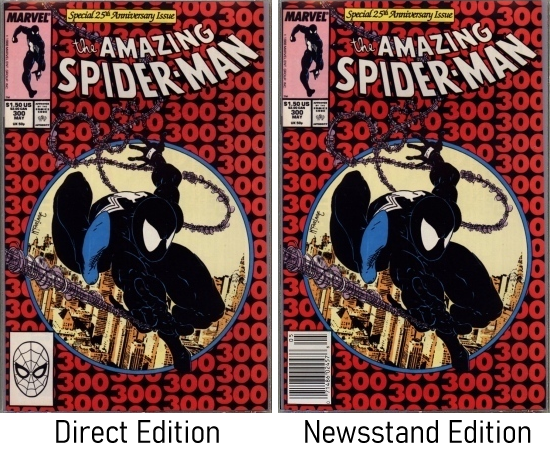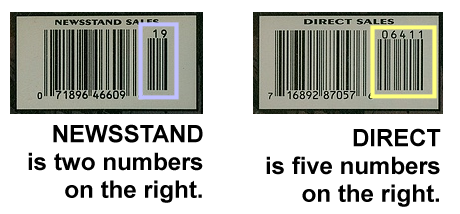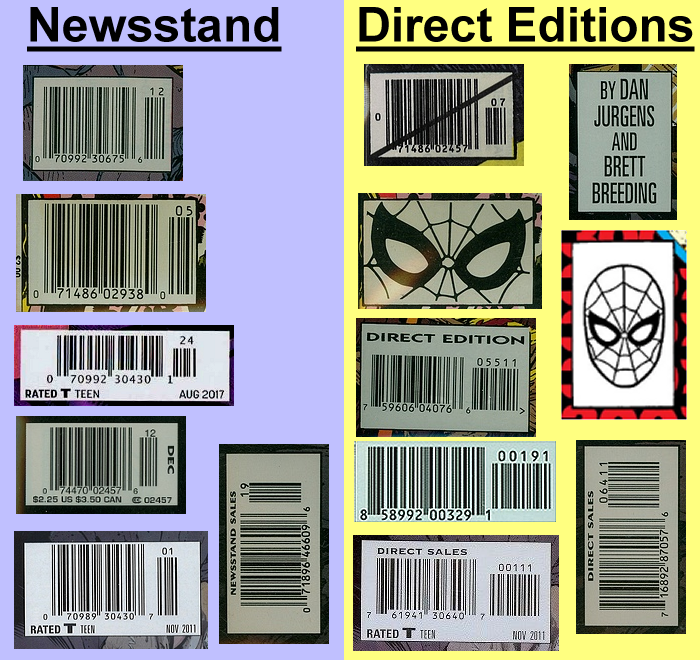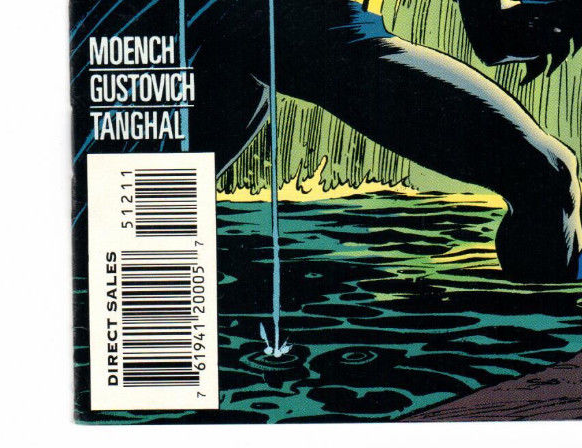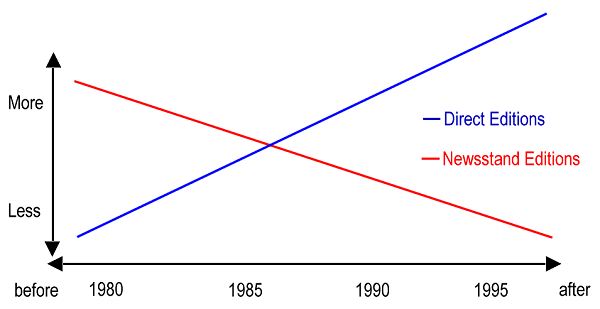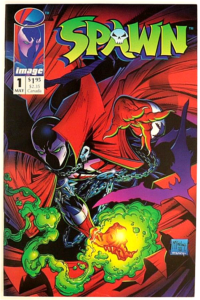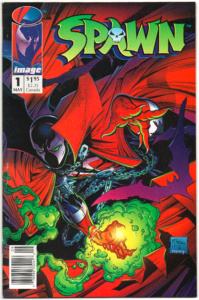The first appearance of Miles Morales in Marvel comics occurred in Ultimate Fallout #4 in 2011. Two direct edition versions of the book and one newsstand were produced as first printings. Two additional direct editions of the book were produced as second printings in 2011. There are a total of five editions from 2011. Reprints from years after 2011 also exist, and will probably continue to be produced as anniversary editions or other needs arise.
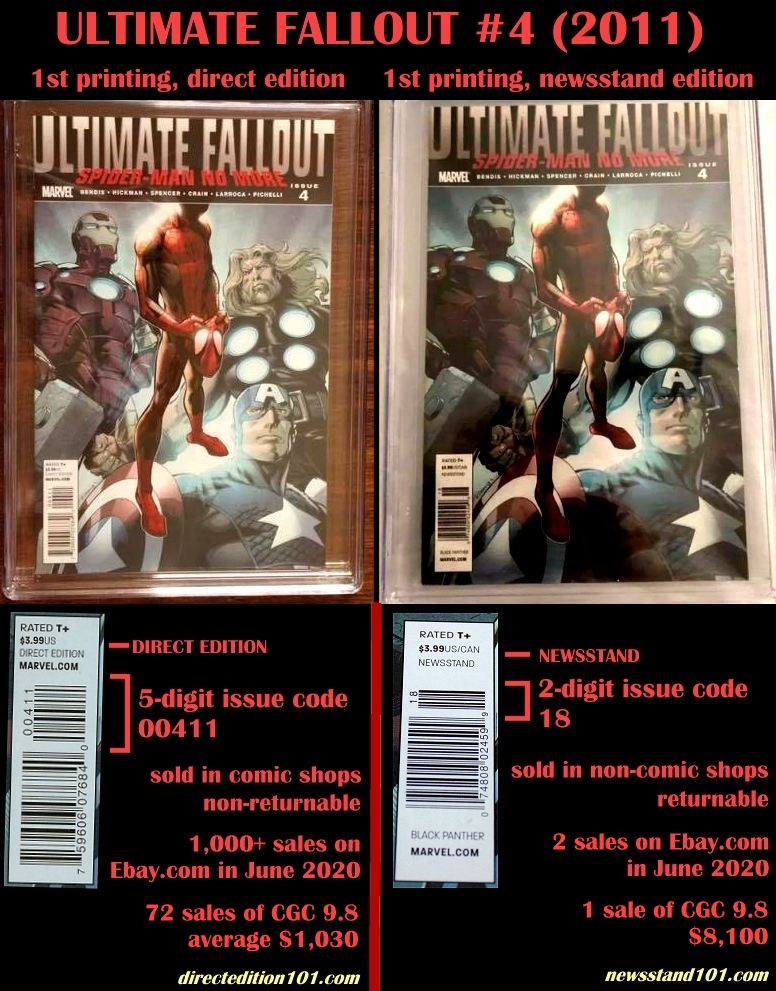
Direct edition barcodes have 5 digits on the right (top) edge, specifically 00411, which indicates issue number 004, cover 1, printing 1.
Newsstand edition barcodes have 2 digits on the right (top) edge, specifically 18, which indicates that this is the 18th issue in the newsstand system associated with the Black Panther title (shown at the bottom of the newsstand edition). Rather than create a new title in the newsstand system, particularly for short series like Ultimate Fallout, Marvel reused another title already in the system. In this case, Black Panther was a Marvel title in the newsstand system, but the Black Panther series from 2009 stopped at issue #12. Having the newsstand system record any returns as “Black Panther #18” gave Marvel a unique identifier for Ultimate Fallout #4 without having to add Ultimate Fallout as a title, since there were only 6 issues. Keeping that method, the newsstand edition of Ultimate Fallout #3 is coded as “Black Panther #17” and the newsstand edition of Ultimate Fallout #5 is coded as “Black Panther #19”.
The other editions of Ultimate Fallout #4 are direct editions.
A 1:25 ratio variant for Ultimate Fallout #4 is also a first printing direct edition. The 5-digit issue code is 00421, indicating issue 004, 2nd cover, 1st printing. There is not a newsstand edition for this variant.
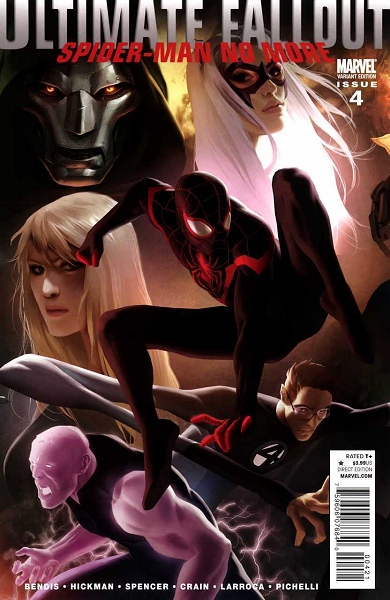
It should be noted that the retailer inventive variant appeared in Marvel $5 back issue bags in the Five Below discount stores during 2016, so it is clear that the 1:25 ratio for retailer ordering is not necessarily a representation of how many were printed. Publishers do not print all ratio variants to the exact ratio, the ratio is for the retailers to obtain a copy. Publishers may print extra for any reason, such as file copies, overage for damages, convention sales, artist comp copies, to get a volume discount from the printing company, or any other purpose. It is impossible to know a ratio variant’s print run using only the ratio. Additional copies often do exist, beyond what a retailer was specifically required to do to get the book.
The second printings of Ultimate Fallout #4 show Miles Morales’ face, either as a “maskless” reprint of the regular first printing, or as a clear face image on the variant second printing. Both of the second printing covers are noted as “Marvel 2nd Printing Variant”.
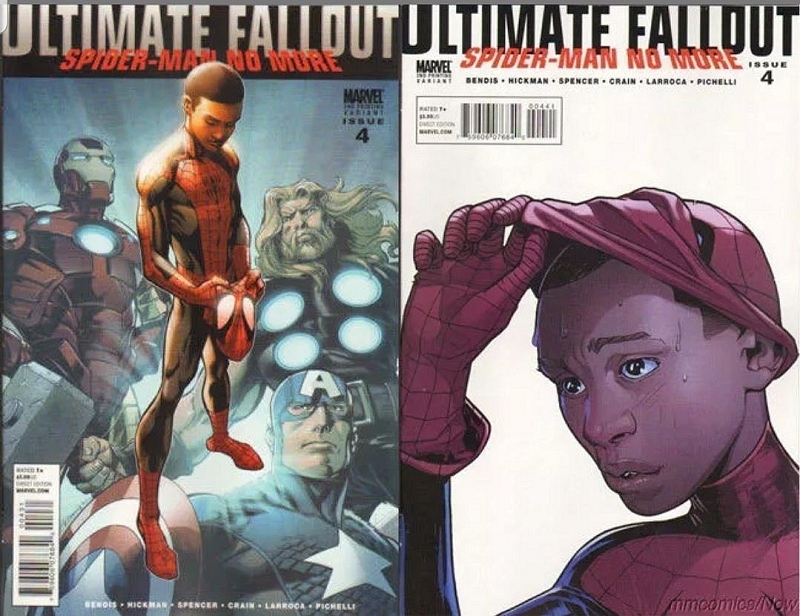
An interesting note is that the direct edition barcodes for the second printings actually indicate they are the 3rd and 4th covers of the first printing. Marvel was inconsistent in its use of the barcode standards, so it is unclear if the second printings were printed later or printed at the same time and held back for later sales after the first printings sold out.
The 5-digit issue codes for the second printings are 00431 and 00441, indicating issue 004, 3rd cover, 1st printing (00431) and issue 004, 4th cover, 1st printing (00441). If these were correctly-coded as second printings, they should have 5-digit issue codes of 00412 and 00422.
A reprint of Ultimate Fallout #4 was produced in 2019.
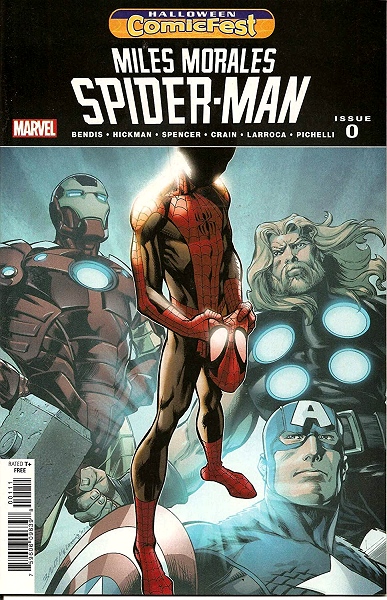
Returning to the comparison of the 1st printing, 1st cover, direct and newsstand editions, it should be noted that more than 1,000 copies of the direct edition sold on Ebay.com during June 2020, with an average price of $1,030 for CGC 9.8 graded copies of the direct edition. Raw (ungraded) copies of the direct edition averaged $300.
Two copies of the newsstand edition were sold in June 2020. A single raw (ungraded) copy was not noted in the auction title as newsstand, was described as 9.2 condition (not professionally graded), and sold for $960.
A CGC 9.8 newsstand edition sold on June 28, 2020, for $8,100.

